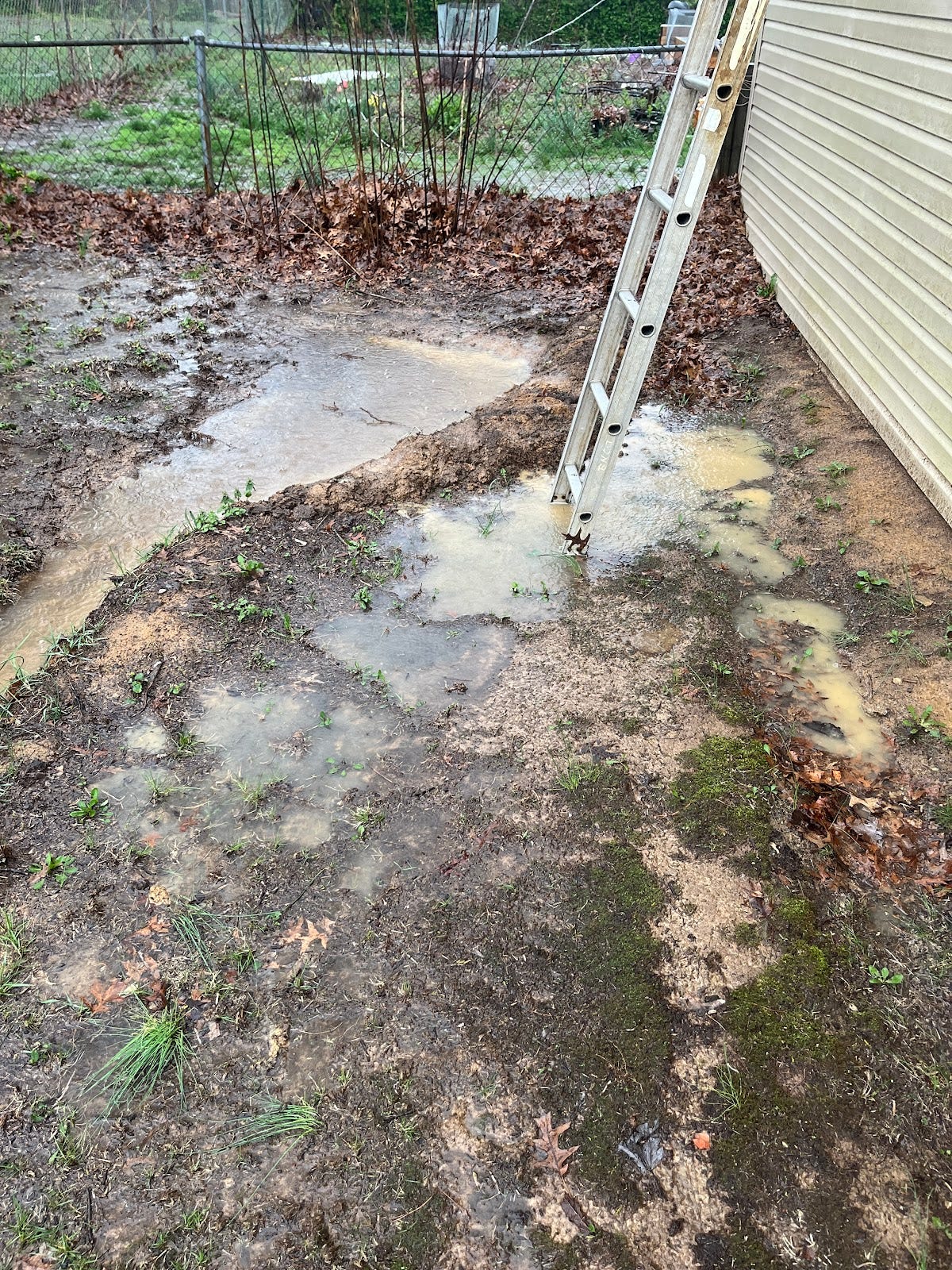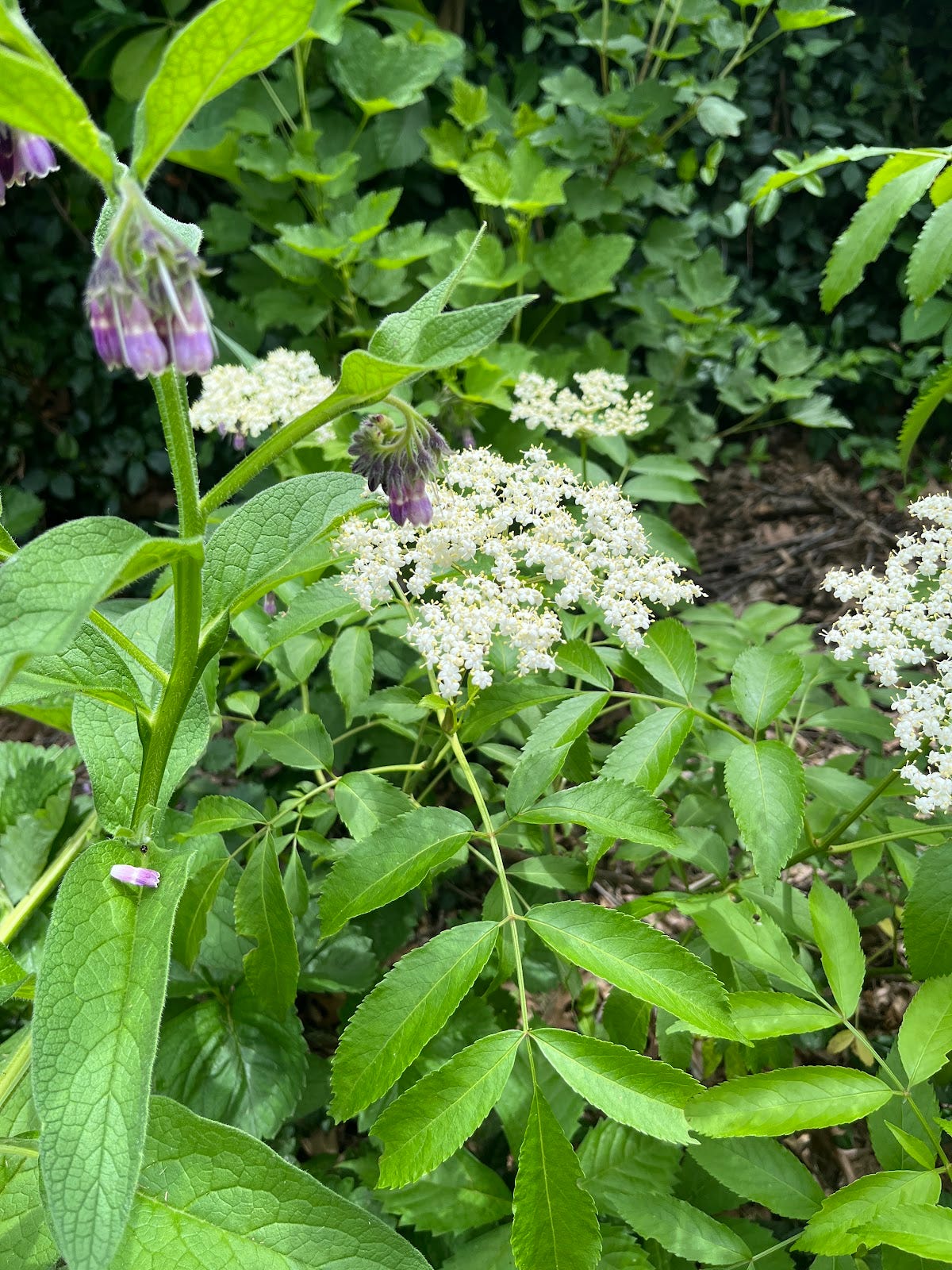In this second edition, we’re shifting from ethics to action. Today, we’ll dive into three of permaculture’s twelve guiding design principles:
Observe and Interact
Catch and Store Energy
Obtain a Yield
These principles aren’t just theoretical ideas. They’re tools—practical ways to engage with our gardens, our homes, and our communities to design systems that are resilient, regenerative, and deeply aligned with nature.
👁️🗨️ Observe and Interact
"Beauty is in the eye of the observer." – David Holmgren
Before we act, we watch. “Observe and Interact” teaches us to slow down and truly see what’s happening in the natural systems around us. This principle reminds us that effective design begins not with action, but with attention.
🌱 Understanding Nature
Before planting a single seed or digging a swale, we must first study the landscape. Where does the sun hit at different times of the year? How does water move through the land or pool after a heavy rain? What plants are already thriving—and why?
By carefully observing, we’re able to design in harmony with existing ecological patterns instead of working against them.
🧰 Key Practices:
Record microclimates: light, shade, temperature, moisture, and wind patterns.
Use site maps, journals, and seasonal sketches to document changes.
Seek out local and Indigenous knowledge—learn from those who know the land deeply.
🌿 Real-World Applications:
Identifying where water pools during storms to place a future rain garden or pond.
Observing pollinator patterns before planting herbs and flowers.
Asking long-time locals or elders how the land has changed over time.
🌎 Why It Matters
Designs based on observation are more effective, efficient, and in tune with natural rhythms. They save time, reduce mistakes, and increase the system’s resilience. And observation isn’t passive—when paired with interaction, it becomes a feedback loop that strengthens our connection with place.
🔋 Catch and Store Energy
"Make hay while the sun shines."
Nature is always offering us energy—sunlight, water, wind, and even biomass. The second principle invites us to capture and store these flows when they’re abundant, so we have reserves during times of need.
🌞 Energy Flows in Nature
Energy comes in many forms: solar rays hitting your garden, rain falling on a roof, food growing in a forest, or heat stored in compost. When we design systems that catch and store these resources, we build resilience—the ability to weather drought, cold, or scarcity.
🧰 Key Practices:
Use solar panels or passive solar heating in greenhouses or homes.
Install rain barrels or create swales to catch water runoff.
Grow perennial food crops that store energy in roots, fruits, and seeds.
Build compost systems that transform waste into nutrient-rich energy.
🌿 Real-World Applications:
A backyard solar setup that powers irrigation or lighting.
Ponds that collect rainwater and double as wildlife habitat.
Root cellars or food preservation techniques that store the energy of summer harvests for winter meals.
Leaf mold is a great way to catch and store energy. Most people mow them or collect them in leaf bags for the city at the end of the year. No says I.
🌎 Why It Matters
Stored energy—whether it’s in batteries, seeds, or root vegetables—gives us options and buffers us against unpredictability. In a changing world, systems that capture and save energy are more adaptable, sustainable, and regenerative.
🥕 Obtain a Yield
"You can't work on an empty stomach."
Permaculture is not just about theory or aesthetics—it’s about functionality. This principle reminds us that our systems must be productive. They should provide something of tangible value: food, medicine, shelter, income, beauty or joy.
🌱 Maximizing Benefits
When we "obtain a yield," we ensure that the energy we put into our designs comes back to us in meaningful ways. Yields aren’t just physical—they can also be emotional, social, or spiritual. But they must be real and sustainable.
🧰 Key Practices:
Grow diverse crops and stack functions (e.g., food + medicine + habitat).
Integrate animals for eggs, compost, pest control or a combination of the three.
Design perennial systems like food forests and guilds.
Create spaces that yield community, connection, or learning.
🌿 Real-World Applications:
A small garden that feeds your family year-round.
A chicken coop that produces eggs, fertilizer, and reduces kitchen waste.
An urban permaculture yard that yields honey, herbs, and neighborhood joy.
Late winter pruning that turns into hardwood cuttings/scion material.
From Cuttings to plant photo copies!
🌎 Why It Matters
If our systems don’t yield something in return, they won’t last. Yield gives us motivation and proof of concept—it’s the reward for right relationship with nature. When we obtain a yield, we’re reminded that reciprocity is not only possible—it’s necessary.
🔗 Weaving the Principles Together
These three principles work together as a cycle:
Observe and Interact – so we know what the system needs and offers.
Catch and Store Energy – so we can support the system through lean times.
Obtain a Yield – so our efforts nourish us and the community around us.
Together, they help us design systems that thrive, not just survive.
🔍 Coming Next: Designing with Feedback and Flow
In the next edition, we’ll explore the next three permaculture principles:
Apply Self-Regulation and Accept Feedback
Use and Value Renewable Resources and Services
Produce No Waste
These principles deepen our understanding of balance, limits, and mindful consumption—and how to integrate them into real-world design.
📚 Want to Learn More?
Explore these resources to apply today’s principles in your own space:
Gaia’s Garden by Toby Hemenway – A friendly, backyard-scale guide to permaculture.
Permaculture Forums – Real-world case studies and how-to articles.
Local permaculture groups – Find support and shared wisdom in your community.
Thank you for joining me on this journey of building a sustainable nursery from the ground up. Knowing that I have a list of over 300 people subscribed to hear from me weekly is a little daunting, but it inspires me to keep working.
I look forward to your thoughts and suggestions! I’ll be in the inbox again next week! 👍🏼
Much love
Many blessings
Travis






